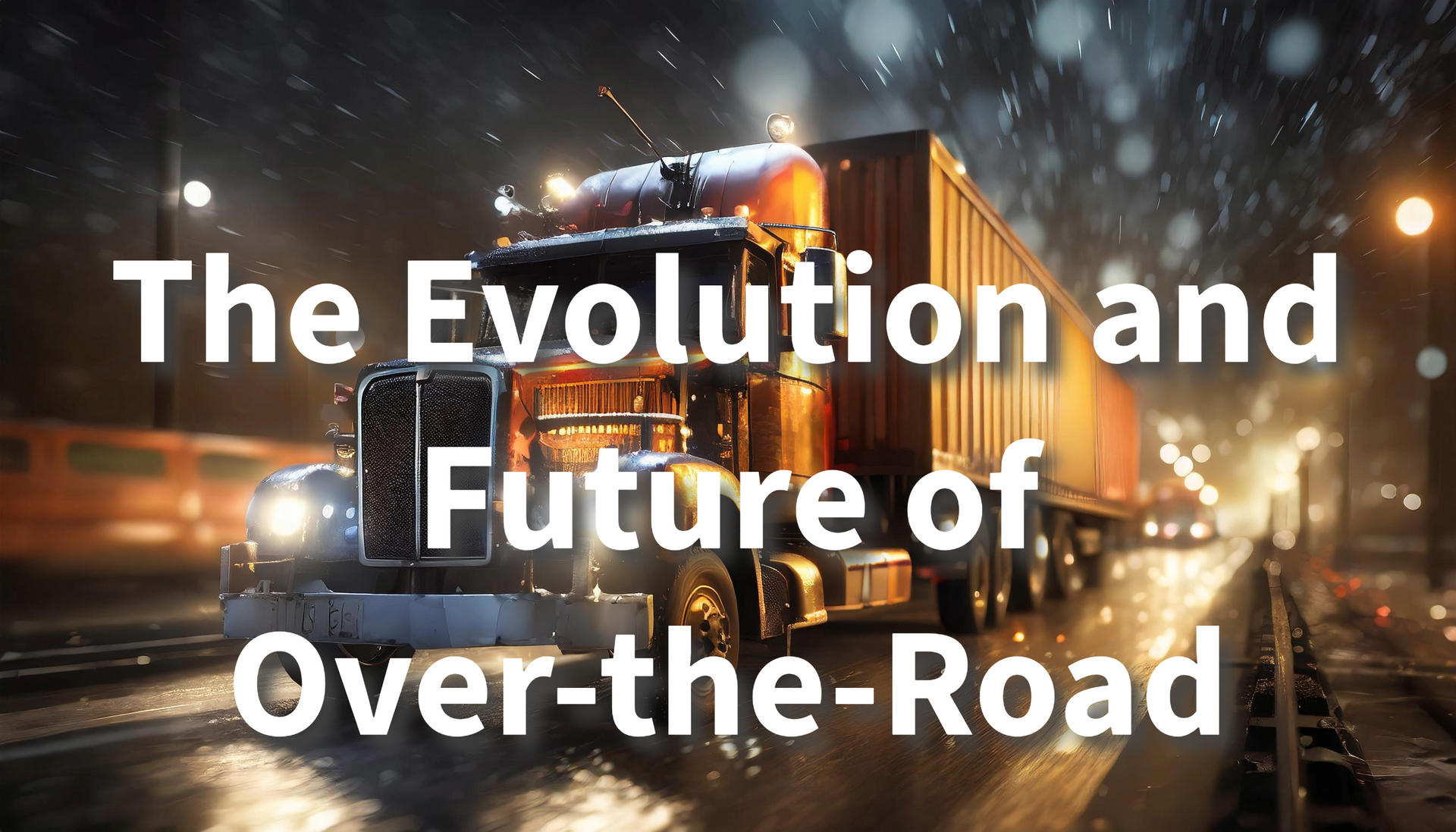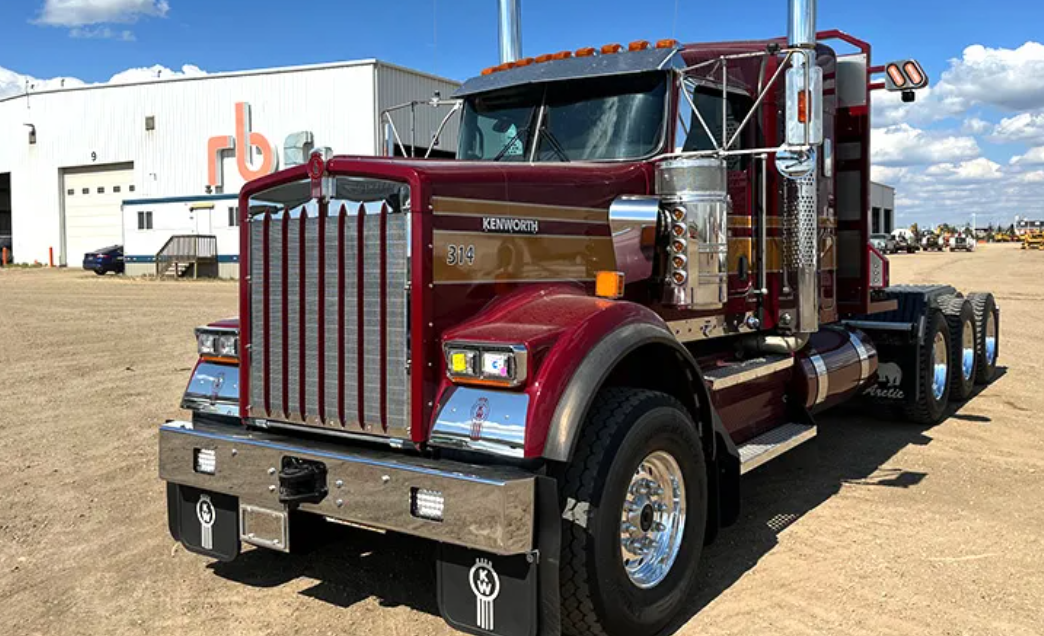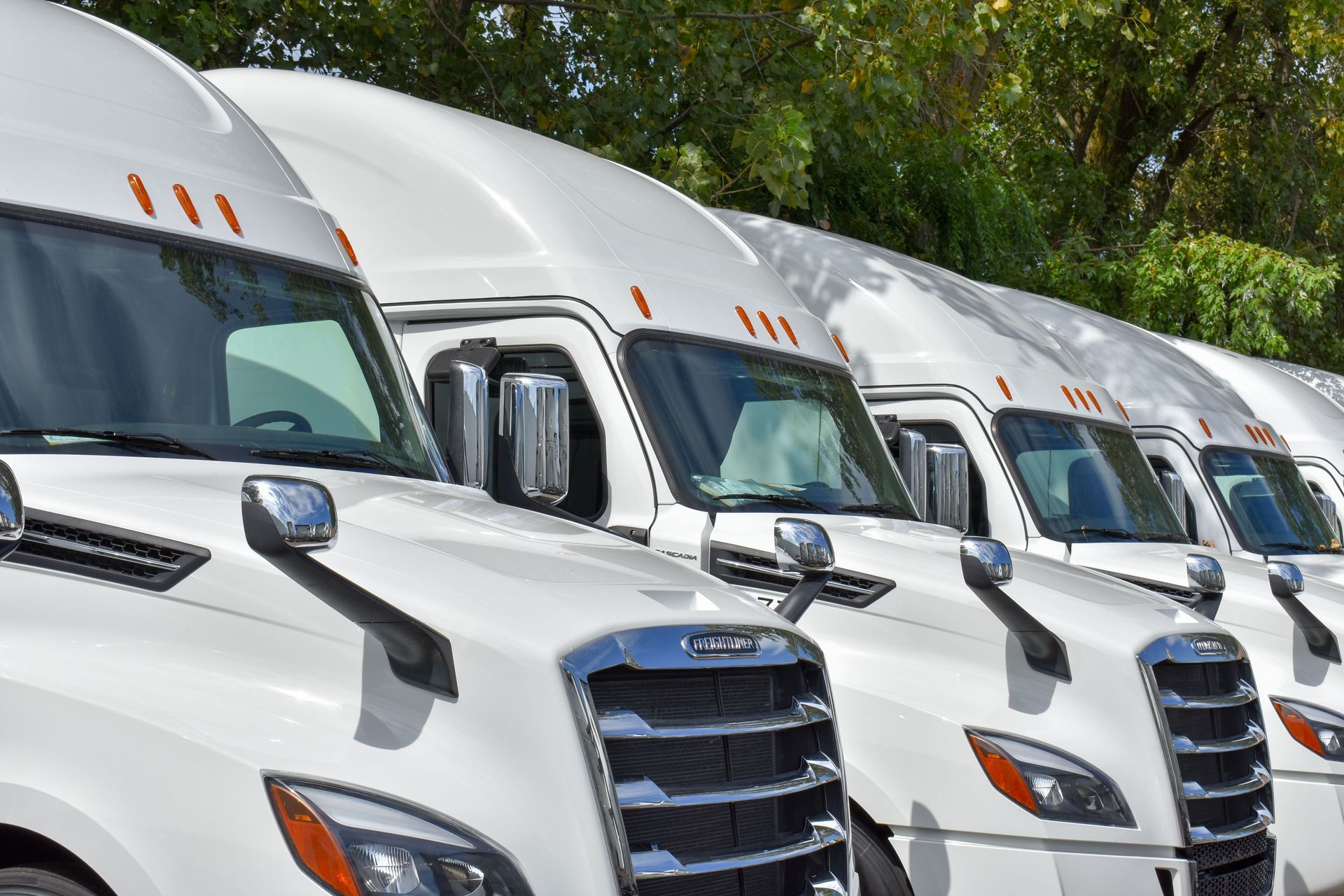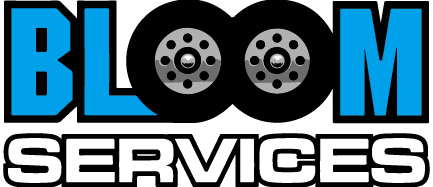A history of Adapting

Over-the-road (OTR) trucking has been a cornerstone of the global economy, particularly in the United States, where vast distances separate production centers from consumption hubs. This industry has evolved significantly since its inception, adapting to technological advancements, regulatory changes, and shifting economic landscapes. As we look to the future, OTR trucking faces both challenges and opportunities that will shape its trajectory in the coming decades.
A Brief History of OTR Trucking
The roots of OTR trucking trace back to the early 20th century. Before trucks became prevalent, railroads dominated freight transportation. However, the advent of the internal combustion engine and the subsequent development of reliable trucks opened new possibilities for freight movement.
- Early 1900s: The first motor trucks appeared, but they were rudimentary and limited in capacity and range. Roads were unpaved and infrastructure was lacking, making long-distance hauling impractical.
- 1920s-1930s: The trucking industry began to gain traction. The Federal Aid Highway Act of 1921 funded the improvement of roads, facilitating better connectivity. Trucks started to compete with railroads, especially for short-haul and perishable goods.
- World War II Era: The war effort accelerated industrialization and infrastructure development. Trucks became essential for moving military supplies. Post-war, the surplus of heavy-duty trucks and experienced drivers bolstered the industry.
- 1950s: The Federal-Aid Highway Act of 1956 authorized the construction of the Interstate Highway System, revolutionizing OTR trucking. The new highways reduced travel times and increased efficiency, enabling trucks to cover greater distances reliably.
- 1960s-1970s: The industry expanded rapidly. However, it was heavily regulated under the Interstate Commerce Commission (ICC), which controlled rates and routes. This led to inefficiencies and limited competition.
- 1980s Deregulation: The Motor Carrier Act of 1980 deregulated the trucking industry, reducing barriers to entry and allowing market forces to set rates. This led to increased competition, lower freight rates, and innovation in logistics.
- 1990s-2000s: Technological advancements, such as satellite tracking and computerized logistics, improved efficiency. The North American Free Trade Agreement (NAFTA) in 1994 increased cross-border trucking between the U.S., Canada, and Mexico.
The Modern OTR Trucking Landscape
Today, OTR trucking is integral to supply chains, moving over 70% of all freight tonnage in the United States. The industry is characterized by:
- Technological Integration: GPS navigation, electronic logging devices (ELDs), and fleet management software have become standard, enhancing route planning, compliance, and operational efficiency.
- Regulatory Environment: Regulations focus on safety, environmental impact, and driver welfare. The Hours of Service (HOS) regulations limit driving hours to prevent fatigue. Emission standards aim to reduce environmental footprints.
- Driver Shortages: The industry faces a persistent shortage of drivers, attributed to an aging workforce, demanding lifestyle, and competition from other sectors.
- E-commerce Boom: The rise of online shopping has increased demand for trucking services, particularly for last-mile and regional deliveries.
Challenges Facing OTR Trucking
Despite its critical role, OTR trucking confronts several challenges:
- Infrastructure Deterioration: Aging highways and bridges require significant investment to maintain efficiency and safety. Congestion leads to delays and increased operational costs.
- Environmental Concerns: Trucks contribute to greenhouse gas emissions. There is growing pressure to adopt cleaner technologies and reduce the carbon footprint.
- Technological Disruption: Autonomous vehicles and platooning technologies promise efficiency but also raise concerns about job displacement and regulatory hurdles.
- Economic Fluctuations: Fuel prices, trade policies, and economic cycles affect freight volumes and profitability.
The Future of OTR Trucking
Looking ahead, several trends are poised to reshape OTR trucking:
Technological Advancements
- Autonomous Trucks: Self-driving technology is progressing rapidly. Companies like Waymo and Tesla are testing autonomous trucks. While widespread adoption is years away, autonomous trucks could alleviate driver shortages, reduce accidents, and improve fuel efficiency.
- Electric and Alternative Fuel Vehicles: Electric trucks, such as Tesla's Semi and offerings from traditional manufacturers like Daimler and Volvo, aim to reduce emissions and operating costs. Hydrogen fuel cells are another avenue being explored.
- Connectivity and Telematics: The Internet of Things (IoT) will enhance real-time data sharing between trucks, shippers, and receivers, optimizing logistics and maintenance.
Regulatory Evolution
- Environmental Regulations: Stricter emission standards will accelerate the shift toward greener technologies. Incentives for low-emission vehicles and penalties for pollutants will influence fleet decisions.
- Safety Regulations: Continued emphasis on safety will lead to advanced driver-assistance systems (ADAS) becoming standard, reducing accidents caused by human error.
Workforce Dynamics
- Driver Roles Transformation: As technology advances, the role of the driver may shift from active operation to system oversight, requiring new skill sets.
- Attracting Talent: Improving working conditions, increasing pay, and offering flexible schedules may help attract younger drivers.
Economic and Market Forces
- E-commerce and Consumer Expectations: Demand for faster delivery times will necessitate more efficient logistics networks. OTR trucking will need to integrate seamlessly with regional and last-mile delivery services.
- Global Trade Patterns: Changes in trade agreements and manufacturing locations will affect freight volumes and routes.
Infrastructure Investment
- Modernization Efforts: Government initiatives to invest in infrastructure will be critical. Smart highways with embedded technology could support autonomous vehicles and improve traffic flow.
- Public-Private Partnerships: Collaborations between government and industry can fund essential projects, leveraging shared interests in efficient transportation networks.
Adapting to Change
The OTR trucking industry must navigate these changes proactively:
- Embracing Innovation: Companies should invest in new technologies, pilot programs, and partnerships to stay ahead.
- Sustainability Practices: Adopting eco-friendly practices not only meets regulatory requirements but also appeals to environmentally conscious customers.
- Workforce Development: Training programs and career development opportunities can prepare the workforce for evolving roles.
- Advocacy and Collaboration: Engaging with policymakers, industry groups, and technology providers will ensure that regulations and innovations align with industry needs.
OTR Trucking a History of Adapting to Change
OTR trucking has a storied history of adapting to change. From its early days challenging railroads to embracing digital technologies, the industry has demonstrated resilience and innovation. The future holds significant challenges, but also immense opportunities. By leveraging technology, investing in sustainability, and focusing on workforce development, OTR trucking can continue to be the backbone of commerce.
The industry's evolution will not occur in isolation. It requires collaboration among stakeholders, including governments, technology companies, and the trucking community. As society's needs evolve, so too must the methods by which goods are transported. OTR trucking is poised to continue its critical role, driving economic growth and connecting communities across vast distances.
In navigating the road ahead, the industry must balance tradition with innovation, ensuring that while the methods may change, the mission remains the same: delivering goods efficiently, safely, and reliably.



office & Parking depot
5120 Belmont Rd Unit K, Downers Grove, IL 60515, USA
Hours of operation
Mon - Sun: 7am-5pm
